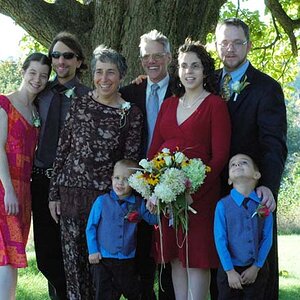matt62485
TPF Noob!
- Joined
- Mar 20, 2009
- Messages
- 553
- Reaction score
- 7
- Location
- Wilmington, NC
- Can others edit my Photos
- Photos OK to edit
So my D7000 came in yesterday, so it's time to get some neccessary accessories. The only filter I have is a circular polarizer I had on my D40. What GND filters/what stops do you guys use? I do a lot of landscape/outside shots and need something to help with blown out skies, etc. I've done some research, saw some suggestions from other threads, but wanted to get a consensus.
Don't want to spend $300 on a set of 3, but don't wanna cheap out and spend $15 on ebay. I'd rather get a decent one that will be suitable, and add more as I can.
I'd rather get a decent one that will be suitable, and add more as I can.
Also, what lens hoods do you guys use? Currently all I have is the 18-55, 55-200 and a 50/1.8, but plan to be adding a 11-16 tokina soon.
Don't want to spend $300 on a set of 3, but don't wanna cheap out and spend $15 on ebay.
Also, what lens hoods do you guys use? Currently all I have is the 18-55, 55-200 and a 50/1.8, but plan to be adding a 11-16 tokina soon.



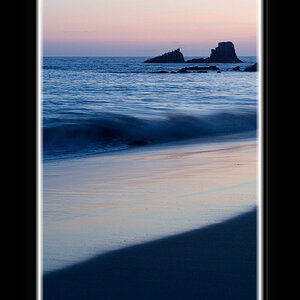


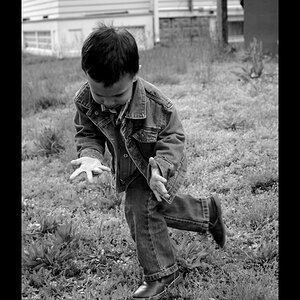
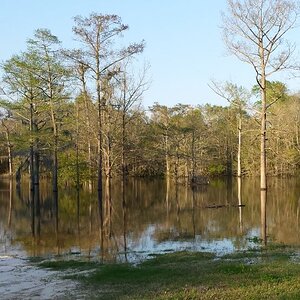
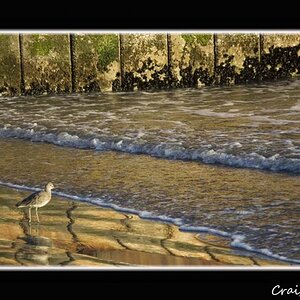
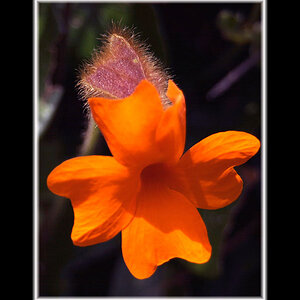
![[No title]](/data/xfmg/thumbnail/42/42473-acff07bd005ae1bb1af25d5d00d0c437.jpg?1619740193)
